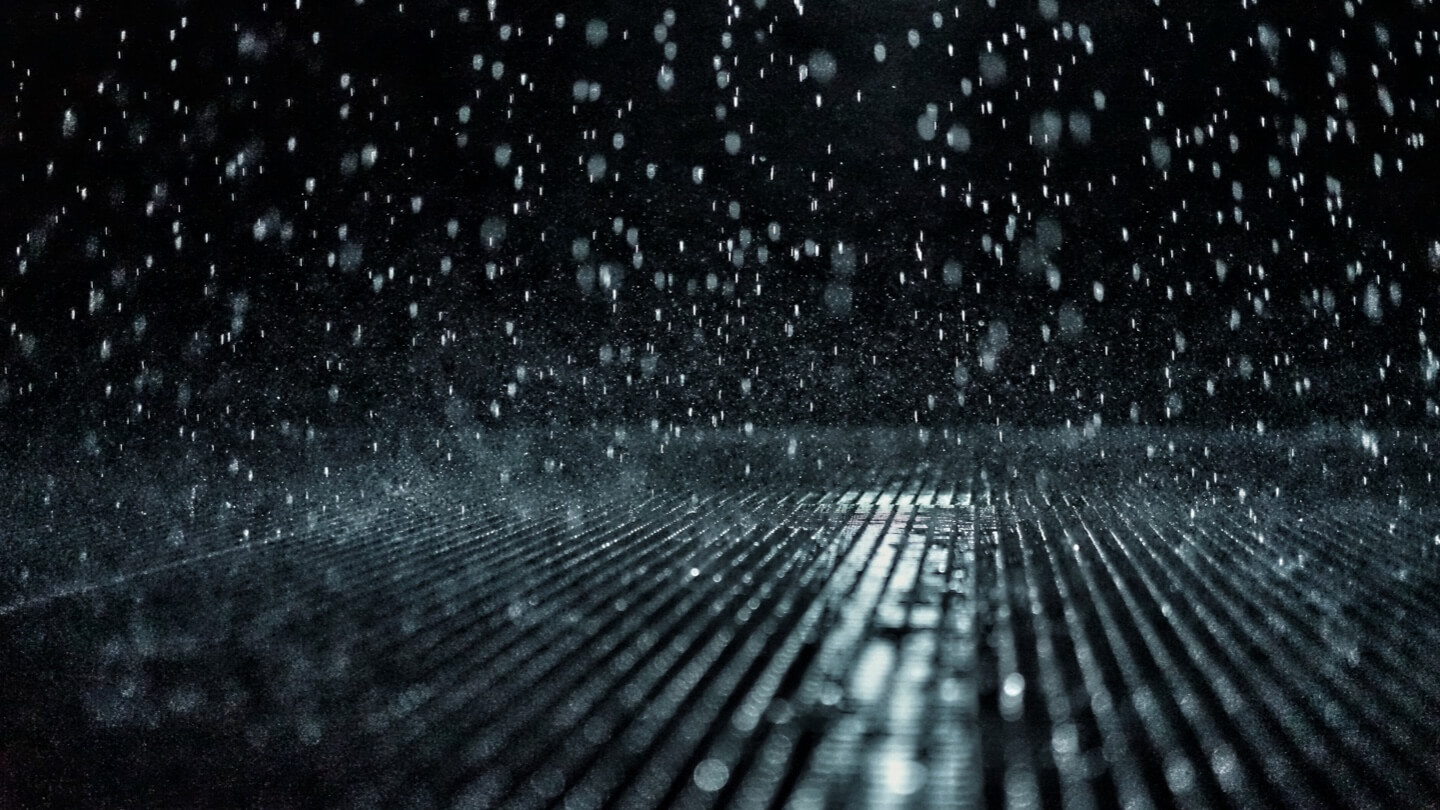Soil absorbs stormwater, which is melted snow or rainwater, as it runs off of streets and lawns. Ultimately, it replenishes aquifers, or it ends up flowing into streams and rivers. However, in developed areas, it faces surfaces that prevent it from soaking into the ground and all of the water ends up in storm drains and sewer systems.
Additions like driveways, parking lots and ditching all of the grass in your yard may seem like a great idea at the time, but all of these things have an impact on our inability to control stormwater. Stormwater can cause a lot of damage such as flooding and the erosion of stream banks, sewer overflows, and it can even destroy animal habitats as well as contaminate rivers and coastal water.
When you first hear the term “stormwater control” it might no sound very interesting or important, but the city drinking water can pick up pollutants, trash, chemicals, sediment, and all sorts of harmful compounds as enters the city’s water reservoirs. Consider the Flint Michigan water crisis – those residents didn’t have clean water for multiple years. This is just one of the many dangers posed by failing to control stormwater runoff.
There are plenty of ways that we can try and curb the flow of dirty stormwater, and there are a lot of ways that people can change their homes to try and help the cause. Green roofs are a great way to help combat the problem and you can do that simply by having a garden on your roof, this is something that is probably better designed for businesses as most homes don’t have flat roofs but if you do, you could plant a small garden. If that isn’t an option, consider having a garden in your yard by planting some trees or rich foliage. You could also put barrels out to collect rainwater that you can then use for other things like irrigation or watering your plants at a later time.
The EPA actually has 7 suggestions for stormwater control improvements: permeable pavement, rain gardens, green roofs, street planters, ran barrels, infiltration trenches, and vegetative swales. So if you’re about to lay a new driveway or you’re ditching your yard for a more minimalist look consider using a permeable material or integrating one of these seven options. Curbs and gutters are also a big collector of polluted stormwater, so you might not have control over removing or improving them but you can take steps to prevent stormwater from taking sediment and sludge directly to the sewer system. A curb inlet filter can go a long way to help preventing the sediment and sludge from slipping into our sewer systems. It is important to take preventative steps now in order to avoid a situation like the Flint, Michigan water situation from becoming more commonplace.
